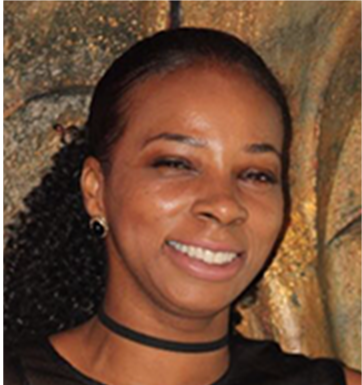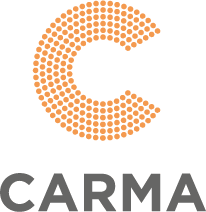When I was asked to speak at Women in Communications Conference(WIC) 2019 I was excited to accept the invitation. Admittedly, had this been 7 years ago or so I would have thought twice and might honestly have turned it down. I was once trapped in my comfort zone and this invite would have sent me running for the hills unless I had to go for “work” purposes that is. But fast-forward and I’m loving giving talks particularly around my passion subjects of working flexibly – ‘I believe work is what we do, not where we are’, being independent, escaping the 9-5 and being entrepreneurial. However, for this WIC event I was asked to speak on tackling cultural and practical obstacles to leadership.
This subject is a pet peeve of mine and it naturally made me reflect on my personal experiences, and I shared a few anecdotes. The event was hosted by WPR member George Blizzard, I was part of the morning panel with Sally Otter (formerly Oxfam), who shared a lovely story about turning a cynic into your biggest supporter. Abbie Sampson my WPR colleague kicked off our morning session speaking about the importance of having visible female leaders because ‘you can’t be what you can’t see’.
I was up straight after Abbie and was pumped for my talk, I spoke about gender bias, stereotypes and the impact that has psychologically on us, which was backed up by some desktop research. The audience was surprised when I shared that 1 in 3 girls were afraid to lead as they didn’t want to be called/labelled ‘bossy’. And that the Girl Guides Attitude survey revealed 55% of girls (aged 7-21) said gender stereotypes affected their ability to say what they think and a further 51% said it affected how they behaved. I also shared research done by HP that found women felt they had to be 100% confident to go for a position, whereas for men it was just 60%. I also touched on the lack of diversity in the sector and shared some shocking stats about the PR industry being 92% white (an increase on last year), which was recently highlighted in the CIPR state of the profession survey.
Whilst there was some natural overlap, each speaker added a layer to the discussion and presented possible solutions. By the time we got to panel Q&As the women in the audience were fully engaged sharing their real life experiences and asking questions that led to solution focused discussions.
It was great to see so many talented women in attendance, we still have a way to go, but it is refreshing to see and hear from women who are making a difference and ready to push past barriers so we can have a truly diverse and thriving PR workforce.
www.ebonygaylecommunications.com
@EbonyGaylePR




